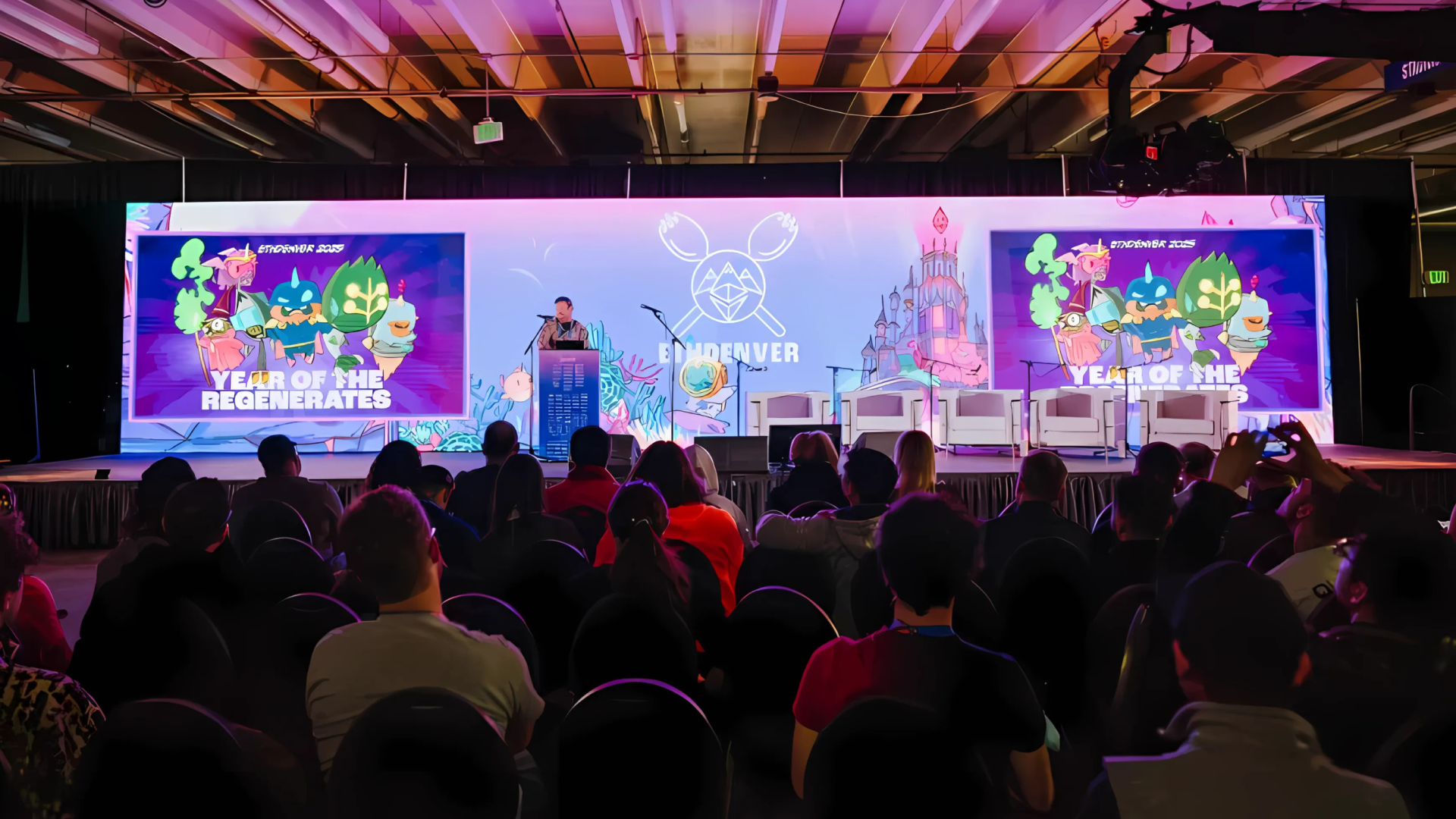Kusama Parachain Auctions
The first real-world functional parachain Statemine, began processing permissionless transactions after an on-chain upgrade last week. After some smooth running over the weekend, the time is coming to move to the next stage: slot auctions.
 By Dr. Gavin Wood•June 8, 2021
By Dr. Gavin Wood•June 8, 2021
The first real-world functional parachain Statemine, began processing permissionless transactions after an on-chain upgrade last week. After some smooth running over the weekend, the time is coming to move to the next stage: slot auctions. Here is our recommendation for how Parachain auctions should be rolled out in the coming weeks.
Barely a week ago, the Kusama network made history by becoming the first fully-decentralised, secure heterogeneously-sharded blockchain, made possible by using technology developed for Polkadot. While SR Labs (Parity’s chosen external auditor) has been conducting the external audit of this logic, Kusama has gone “where no canary has gone before” and deployed this code in an effort to minimise the chances of there being any nasty surprises waiting for Polkadot’s deployment.
The first live parachain, Shell, went online a little over two weeks ago and has been running very smoothly. However, as its name might suggest, Shell was but a hollow vessel that did nothing but wait to be upgraded into something rich and functional. Like a butterfly springing from its chrysalis, this Shell parachain was upgraded to Statemine last week, Kusama’s equivalent of the Polkadot’s Statemint common-good parachain. Statemine supports several pieces of functionality including:
- Being a low-cost place to hold and transfer KSM (the minimum balance and transaction fees are substantially lower than the relay-chain).
- The transferral of permissioned fungible assets (such as non-algorithmic stable coins).
- The permissionless creation, issuance and transferral of both fungible assets and NFTs (non-fungible assets).
KSM may be moved freely between Kusama and Statemine using the XCM protocol and the same protocol allows for other parachains to interact with Statemine, using it as a reserve for trustlessly holding KSM and other assets in sovereign accounts.
It can be lonely out there
But while Statemine’s utility as a solitary chain is substantial, as both a member and a resource of a community of chains, its utility is increased exponentially.
In order to create that community, Kusama has the concept of Parachain Slot Auctions — a market-efficient way of selecting which parachains will be added to the Kusama Relay-chain and have their functionality become a part of the Kusama network. Teams that have the confidence and backing of the KSM-holding community will be prioritised with a side-effect of ensuring that the most KSM is locked up for as long as possible. (The same functionality also exists in Polkadot, making Kusama be a useful canary for several new features).
The Kusama council and assembled KSM stakeholders make the final decision over anything that happens on the Kusama network including the timing of the Parachain Slot Auctions. However, as the technical team behind the initial runtime design and implementation, it is our belief that there are no longer any known technical blocking points stopping the auctions or parachain functionality. Kusama exists as the Polkadot canary network and therefore to help protect Polkadot from a serious issue by allowing functionality to exist “in the wild” for as long as possible. Since the amount of protection it gives is in some way proportional to the amount of time it is active prior to Polkadot, there is a clear reason for deploying this logic as soon as possible for the good of Polkadot.
It is therefore our recommendation to the council that parachain auctions commence with the following schedule:
- The first parachain slot auction begin seven days from Tuesday, noon GMT, in order to allow the members of the Kusama staking community enough time to unstake KSM for their auction bids.
- Auctions commence back to back with a two day period of initial bidding followed by a five day ending period.
- Five auctions happen over five weeks with a pause for evaluation of overall network performance before a second batch of five auctions begin in a similar schedule.
The following is the case assuming that no significant and unexpected issues are found with the relay-chain logic. (In such a case all options should remain on the table for network governance including pausing or postponing any scheduled or on-going auctions.)
If these recommendations are followed then the schedule will look like:
- 2021/06/15, 12:00 GMT: First Kusama Parachain Slot auction commences. Bids may be placed.
- 2021/06/17, 09:00 GMT: First Kusama Parachain Slot auction ending period begins. Only bids made prior to this point will certainly be considered in the final result. Bids made following this point have a linearly reducing chance of being considered.
- 2021/06/22, 09:00 GMT: First Kusama Parachain Slot auction bidding ends. No bids may be made on this auction following this point.
- 2021/06/22, 11:00 GMT: First Kusama Parachain Slot auction winner selected. The auction winner is determined as the highest bidder at some randomly selected point over the past five days.
- 2021/06/22, 12:00 GMT: Second Kusama Parachain Slot auction commences.
- 2021/06/29, 12:00 GMT: Third Kusama Parachain Slot auction commences.
- 2021/07/06, 12:00 GMT: Fourth Kusama Parachain Slot auction commences.
- 2021/07/13, 12:00 GMT: Fifth Kusama Parachain Slot auction commences.
It is now in the hands of the Kusama council.
To find out more about the Kusama parachain network, visit https://kusama.network/.











